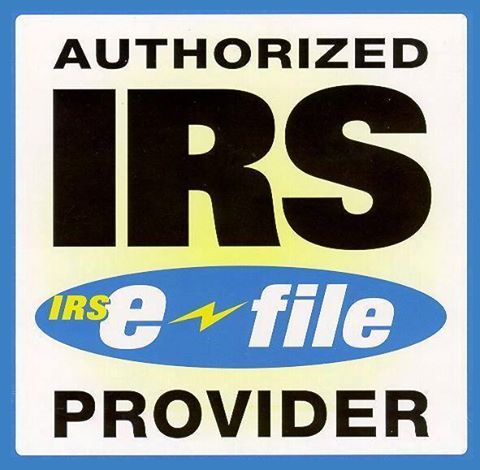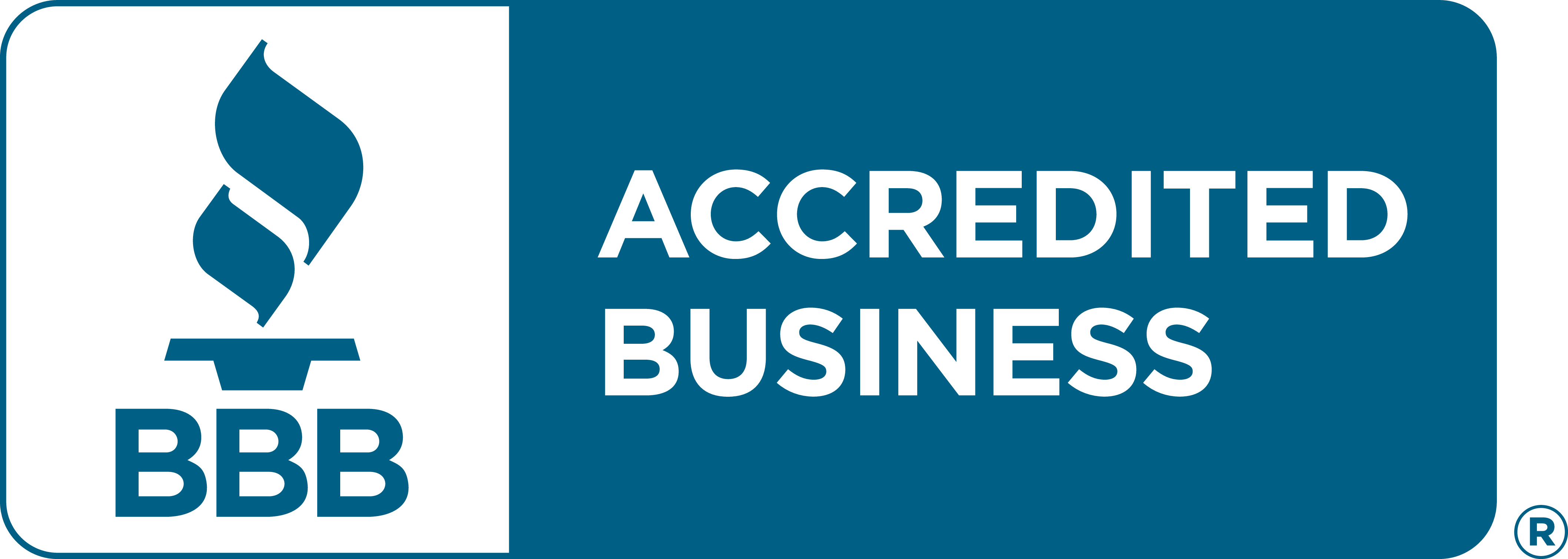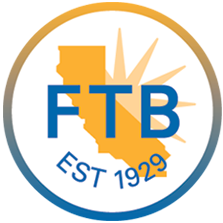International Registration Plan (IRP)
Simplify Vehicle Registration across the state into a single Registration!
Employment Tax Forms
Information Returns
Exempt Org. Forms
Extension Forms
Business Tax Forms
FinCEN BOIR
General
If you're operating heavy vehicles across multiple states or provinces, you've probably heard of the International Registration Plan (IRP). However, how does it relate to the Heavy Highway Vehicle Use Tax Return, IRS Form 2290? Both are essential for truckers, but they have different functions and different filing requirements.
In this guide, we’ll break down everything you need to know about IRP and Form 2290, how they work together, and how to stay compliant.
Table of Contents
What is an International Registration Plan (IRP)?
The International Registration Plan (IRP) is an agreement among the 48 contiguous U.S. states, the District of Columbia, and several Canadian provinces that allows commercial vehicles to operate across multiple jurisdictions under a single registration.
For truckers, this means:
- You register in your base jurisdiction
- You receive apportioned plates
- Your registration fees are distributed based on mileage driven in each state or province
Ready to Register Under IRP?
Make sure you've filed IRS Form 2290 first! It's a required step for IRP registration.
Who must Register for IRP?
You must register under IRP if you:
- Operate a commercial vehicle over 26,000 lbs gross weight, or
- Have 3 or more axles, regardless of weight, or
- Use your vehicle in two or more IRP jurisdictions
If you're an owner-operator, fleet manager, or cross-border hauler, IRP is essential.
How does IRP work?
IRP simplifies registration for multistate operations:
- You apply in your base jurisdiction (your home state)
- You declare the jurisdictions where you'll operate
- You report estimated miles per jurisdiction (for new accounts)
- You receive an Apportioned Plate and a Cab Card listing all approved jurisdictions
The plate is valid across all IRP member jurisdictions.
Documents Required for IRP Registration
Before you apply for IRP registration, you’ll need to gather several key documents to verify your eligibility and vehicle details. Requirements may vary slightly by state, but generally, you'll need:
- Proof of vehicle ownership (Title or lease agreement)
- Valid USDOT number and Motor Carrier number (if applicable)
- Proof of residency or business location (utility bill, business license, etc.)
- Vehicle information (VIN, make, model, weight)
- Proof of Heavy Vehicle Use Tax (HVUT) payment – IRS Form 2290 Schedule 1
- Proof of insurance
- Estimated mileage per jurisdiction (used for apportioning fees)
What Happens After Registration?
After getting your IRP credentials:
- Place the Apportioned Plate on your vehicle
- The Cab Card must be always kept inside the vehicle
- Only operate in the jurisdictions listed on your card
If your travel plans change, you can file a supplemental application to add jurisdictions
IRP Recordkeeping and Renewals
You must renew your IRP registration annually and keep proper mileage records.
Required Records:
- Trip sheets or ELD reports
- Beginning and ending odometer readings
- Dates of each trip
- Routes taken
- Total miles driven per jurisdiction
States may audit your records, so keep them for at least 3 years.
Benefits of IRP Registration
- Legal compliance when operating across multiple jurisdictions
- Simplified registration process with one plate and one renewal
- Fair fee structure based on actual miles driven
- Reduced paperwork compared to registering in each state
- Access to electronic portals in many jurisdictions for faster processing
IRP vs. Form 2290: What’s the Difference?
| Features | IRP (International Registration Plan) | Form 2290 (Heavy Vehicle Use Tax) |
|---|---|---|
| Purpose | Registers commercial vehicles to operate across multiple states/provinces | It is used to report and pay the federal highway use tax |
| Filed With | State Department of Motor Vehicles (DMV) | Internal Revenue Service (IRS) |
| Covers | Apportioned vehicle registration and license fees | Federal excise tax for heavy highway vehicles |
| Applies To | Vehicles exceeding 26,000 lbs or having 3 or more axles operating in multiple jurisdictions | Vehicles over 55,000 lbs gross weight |
| Result | Apportioned Plate + Cab Card | IRS Schedule 1 (Proof of Payment) |
| Filing Schedule | Annually (or as required by state) | Annually (tax period July 1 – June 30) |
| Are they related? | Yes. While they are separate filings, Form 2290 is required to complete IRP registration. | Yes. Though filed independently, proof of Form 2290 is a condition for IRP approval. |
How IRP and Form 2290 work Together?
While IRP and Form 2290 are separate requirements, they are closely connected in terms of vehicle compliance:
- IRP covers vehicle registration across multiple states and provinces.
- Form 2290 covers federal tax obligations for heavy highway vehicles (over 55,000 lbs).
To register a vehicle under IRP, you must first pay the HVUT and submit Form 2290 Schedule 1 as proof. Without this document, your IRP application may be delayed or rejected.
Key Tips for Truckers
To avoid penalties, delays, or fines, keep these compliance tips in mind:
- File Form 2290 annually (usually by August 31**) and keep your stamped Schedule 1 handy.
- Renew IRP registration on time—each state has different renewal windows.
- Track mileage per jurisdiction accurately using ELDs or logbooks.
- Keep all documents organized and ready for audits or roadside inspections.
- Update your IRP account when you add/remove vehicles or change business addresses.
Need Help Filing Form 2290 for IRP Compliance?
Save time & Try it today!












